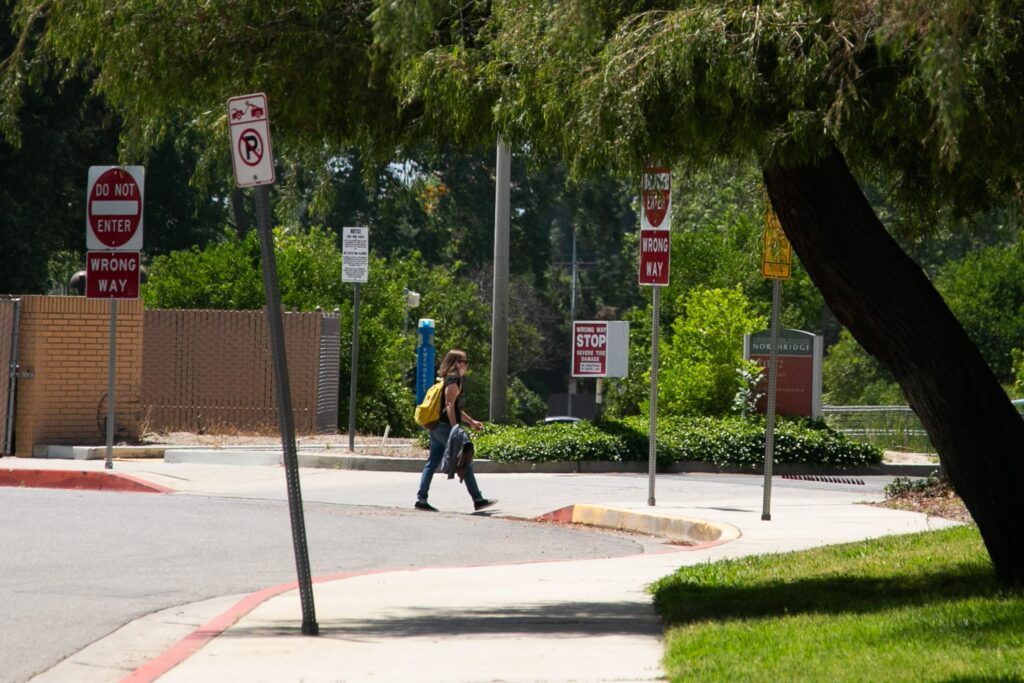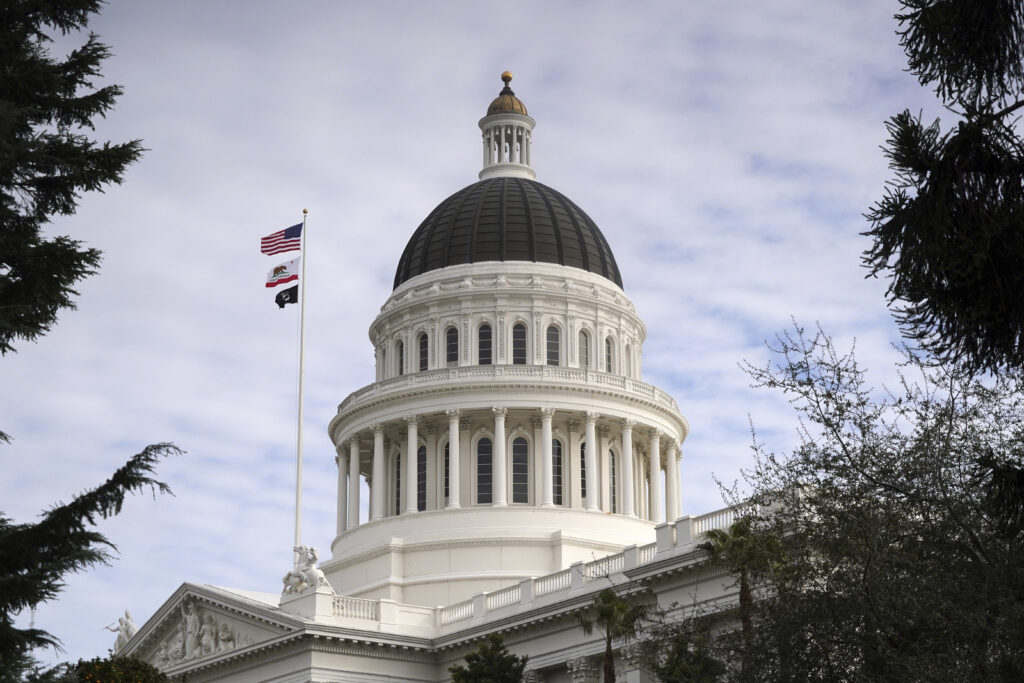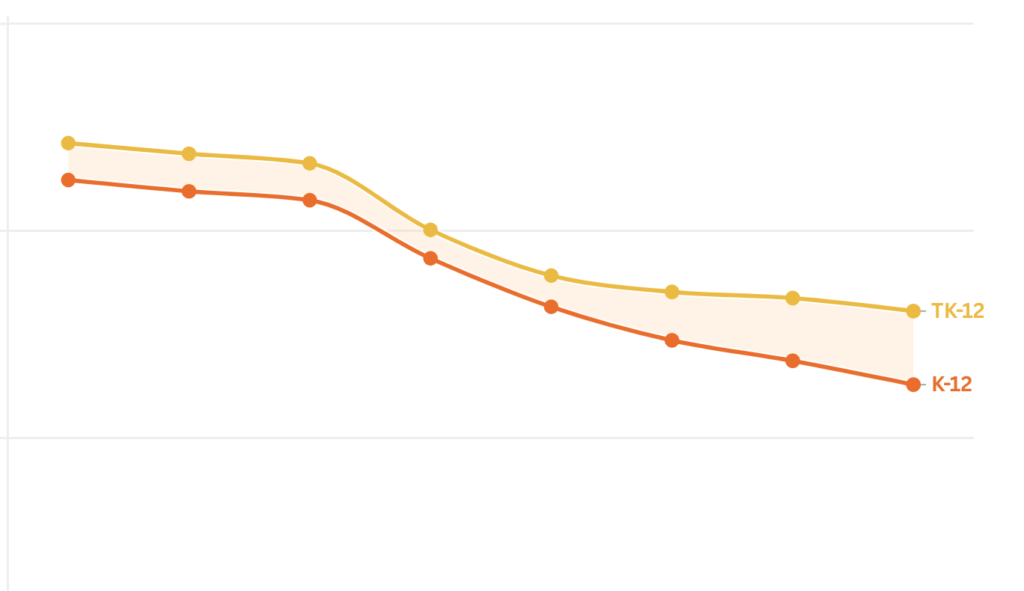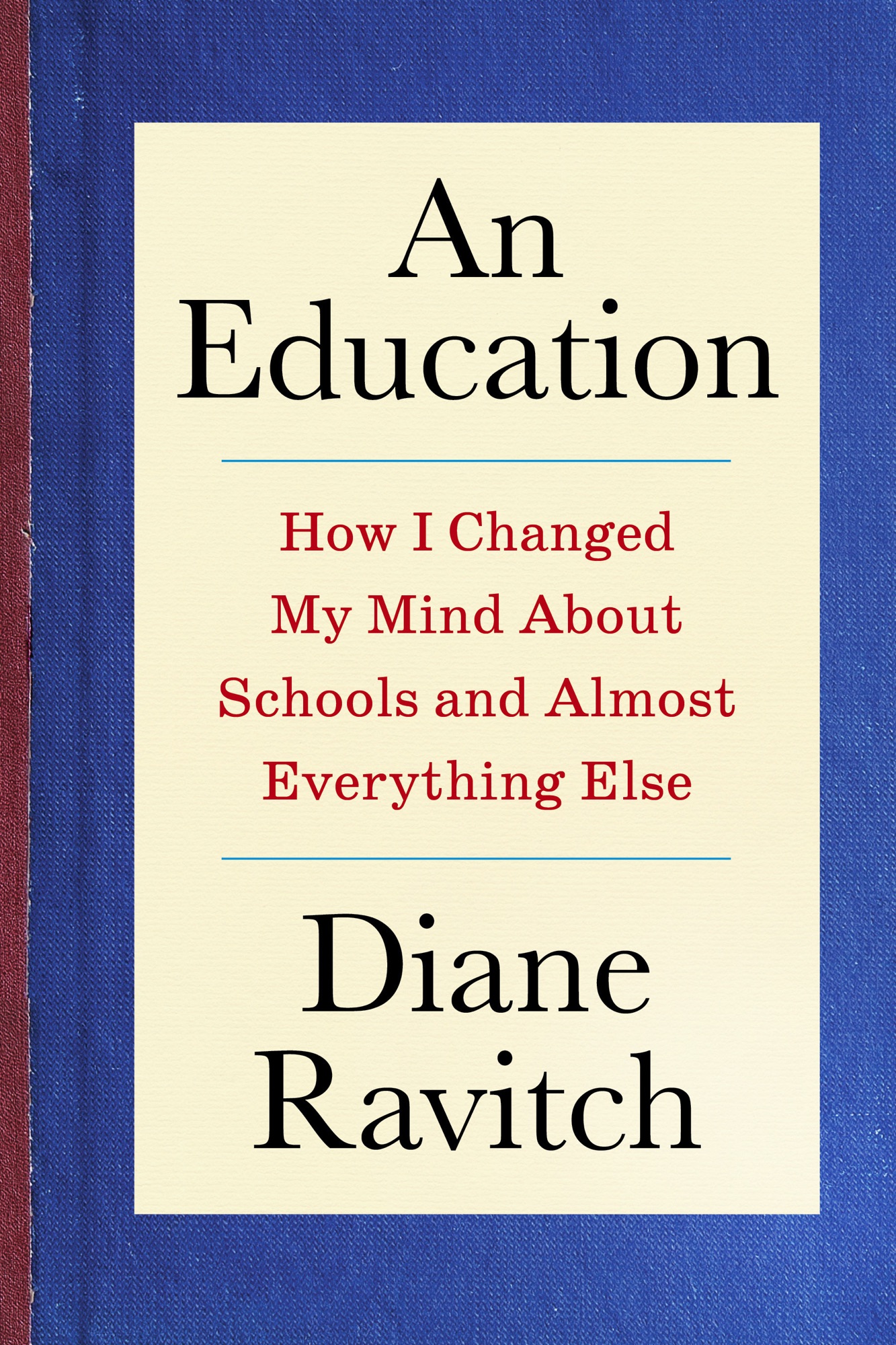
After years of preparation inside and outside the state Capitol (shown), California has launched a website that gathers all sorts of education and career data in a single, searchable place.
Credit: Kirby Lee / AP
California has long lagged behind most other states when it comes to education data systems, choosing to focus on compliance rather than program improvement, but that could change later this year when the first phase of the Cradle-to-Career Data System is expected to go live.
The goal of the new statewide longitudinal data system, known as C2C, is ambitious. It will link data from multiple state departments and education institutions, from early learning through higher education, along with financial aid and social services. The data system is expected to provide resources for students planning for college and careers, as well as data to inform state leaders about effective educational strategies.
States have a responsibility to ensure that everyone has access to timely data to help them to understand how people are navigating education and career pathways, said Jennifer Bell-Ellwanger, president and chief executive officer of the Data Quality Campaign, a national education advocacy organization.
The first phase of the rollout later this year will be a student dashboard that will allow anyone to look at student information, including demographics; number of homeless youth, foster children and students with disabilities; English learner status; drop-out rates, parent education levels; and age of entry into school. The dashboard will not include information about individual students, but can be disaggregated by region, district and state, according to the Cradle-to-Career website.
Another dashboard will follow, reporting on teacher preparation, credentialing, hiring, retention and educator demographics. The data will be provided by the California Commission on Teacher Credentialing.
“This is an exciting moment because we are right on the cusp of seeing the value of connecting these data in one place,” said Christopher Nellum, executive director of The Education Trust-West, a social justice and advocacy organization. “We are going to see very soon the value in individual data providers sharing their data. And that will result in these two dashboards that are coming online very soon.”
Nellum was appointed to the C2C governing board by Gov. Gavin Newsom, but chose to be interviewed for this story as the director of EdTrust-West.
C2C could make state a data leader
When the Cradle-to-Career Data System is built out, there will be query builders, interactive tutorials and videos, and a library of tables, reports and research. Eventually, researchers will be able to request more comprehensive data from C2C staff.
The data system is housed and managed by the California Government Operations Agency, which was established in 2013 to improve management and accountability of government programs.
“I don’t have any doubt they can get this done,” said Paige Kowalski, executive vice president of the Data Quality Campaign. “They’re well staffed. They have been doing a great job.”
The Data Quality Campaign has been critical of California in the past for its siloed approach to data collection and reporting, but its leaders are optimistic about the new data system.
“I think the work that the state has done on Cradle-to-Career since 2019 has been absolutely flawless and phenomenal, and I just cannot say that about any other data effort I’ve ever seen in any state over the last 20 years,” Kowalski said.
C2C will not only allow the state to play catch-up with the rest of the nation, but could make it the leader in linking data from early education to employment, she said.
Cost of project unclear
It’s not entirely clear how much the Cradle-to-Career Data System will cost. The program has spent $21.4 million so far, with another $10.4 million committed to future work, but not yet spent, according to C2C staff.
During the planning process that began in 2019, the state allocated $2.5 million to plan the data system and another $100,000 each to 15 state departments, universities and other organizations participating in the effort. It’s not clear if all that money was spent, or if some was returned to the state.
The state also increased annual funding to some state departments that provide data and other services to the Cradle-to-Career Data System, including $1.7 million to increase staff at the California Department of Education. It’s unclear how many other departments have received budget increases tied to C2C.
Sixteen partners to share data
The state has gotten key players to sign data-sharing agreements with C2C: The California Department of Education, California Commission on Teacher Credentialing, University of California, California State University, California Community Colleges, Department of Social Services, Employment Development Department, Department of Industrial Relations, Department of Developmental Services and private universities.
The agreements are voluntary, with no penalty for departments or agencies that fail to provide data in a timely manner. So far, all the data has been submitted on time, according to board members.
“From 2022 to now, C2C has been working diligently with its data providers and its stakeholders to build a strong foundation to support a secure data linkage process given the scope of data C2C is bringing together,” said Angelique Palomar, deputy director of communications. “This includes establishing legal agreements across 16 entities, building the data infrastructure to securely receive and integrate the data across those partners, and the first submission of that data in October 2023.”
Data was submitted again in March, which will be the month partners will share annual data with C2C going forward, Palomar said.
The California Department of Education (CDE), which has fallen behind in providing up-to-date data on its website over the last seven years, will contribute about 70% of the data for C2C, according to CDE staff. It will use the additional state funding to hire more staff to help deliver the data for the project.
Bell-Ellwanger is hopeful all the partners will contribute data in a timely manner.
“These are data that belongs to taxpayers, not to one agency, or any person within the agencies,” she said. “And, so Californians, including researchers, journalists and the public, all deserve access to it.”
California is playing catch-up
C2C was a long time coming. California was one of only 11 states that did not have a data system with formal connections across two or more of the four core areas — early learning, K-12, post secondary and workforce — in 2021, according to the Education Commission of the States.
The Kentucky Center for Statistics is the nation’s gold standard when it comes to education-to-employment data systems, according to Kowalski. California looked to Kentucky when designing the California Cradle-to-Career data system, she said.
California has rolled out several education data systems over the last 30 years, but they have offered siloed information that couldn’t track whether students were successfully moving from school to the workforce.
In the late 1980s, California began to collect school-level data through the California Basic Educational Data System, known as CBEDS, a program still in use today.
In 1997, the state launched the California School Information Services (CSIS) system to streamline the collection and reporting of education data. But the system was obsolete less than five years later when No Child Left Behind became a federal law. CSIS lacked a unique identifier for each student, which the new law required to track student achievement.
In 2009, the state launched the California Longitudinal Pupil Achievement Data System, also known as CALPADS. It includes K-12 student-level demographics, enrollment, grade level, course enrollment and completion, program participation and discipline data, according to the California Department of Education. A 10-digit number is linked to each K-12 student in California, but individual information on students is not made public.
Its companion data system, the California Longitudinal Teacher Integrated Data Education System, or CALTIDES, never went live. The data system would have tracked educator data to facilitate assignment monitoring and to evaluate programs, according to the CDE website. In June 2011, Gov. Jerry Brown vetoed the $2.1 million the Legislature had put in the budget for CALTIDES, which forced the state to give back the $6 million federal grant it had received for the new database.
“He had a belief that Sacramento could not add much value to what districts were doing, and that data was definitely one of those things that was better left to locals,” Kowalski said of Brown.
Instead, CALPADS was built out to a basic level and put in maintenance mode, Kowalski said. But researchers kept beating the drum for data that was useful to people, she said. These are things other states have had for a decade.
Public included in planning
Gov. Newsom, having different views than his predecessor, made the Cradle-to-Career Data System part of his campaign for governor. In 2019, the Legislature passed the Cradle-to-Career Data System Act, which called for the creation of a data system to create support tools for teachers, parents and students; enable agencies to optimize educational, workplace and health and human services programs; streamline financial aid administration; and advance research on improving policies.
The state legislation included public engagement in the planning process and required that the 21-member advisory board include members of the public. The California law that mandated the data system also requires an annual survey of students and their families to ensure their voices and experiences guide the work, according to C2C.
This year, C2C officials are holding community meetings across the state to discuss what pieces of information should accompany the dashboards and how they should be displayed.
In Sacramento, community members asked for data disaggregated geographically, possibly by school district. Sacramento’s residents also want informational videos to help train people to use the dashboards. Oakland’s residents were interested in breaking the data down by demographic and educational factors.
“A few years ago, Gov. Newsom and the California Legislature really made it clear through their legislation around California Cradle-to-Career that they wanted this access that we’re talking about for students, families, educators, researchers and the public,” Bell-Ellwanger said. “So I do believe that they are aspiring for this type of transparency that we’re talking about that will also help to build trust in that data.”











)
)



